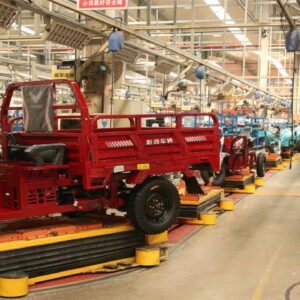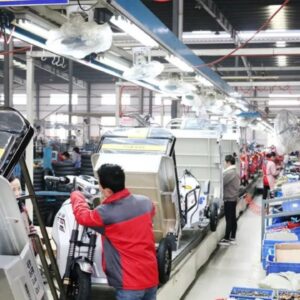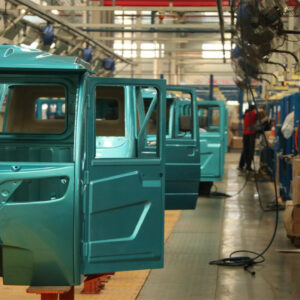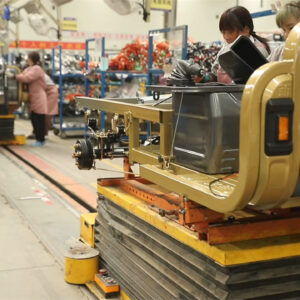Tricycle Assembly Line—how to reduce production costs
Tricycle Assembly lines reduce costs by increasing efficiency, decreasing labor needs, minimizing waste, and improving quality control. Automation reduces human error, saves energy, and allows for continuous improvement, ultimately lowering production expenses.
Description
Tricycle Production Lines/Assembly Lines are Suitable to Produce/Assemble 3 wheeler, tricycles, and so on.(If customers request, we also can design the Production Line/Assembly Line suitable for 2 wheeler and 3 wheeler depends on exact vehicle models.)

Tricycle Assembly lines reduce production costs in the following ways:
1. **Increase Production Efficiency**: Automated assembly lines can achieve continuous, high-speed, and precise production processes, greatly improving production efficiency. By reducing manual operations and eliminating human errors and fatigue, automated assembly lines can achieve sustained, high-quality production, reduce production cycles, and increase product shipment rates.
2. **Reduce Labor Costs**: Automated assembly lines can reduce the input of human resources and lower labor costs. Automated equipment reduces the reliance on workers, especially in repetitive and high-intensity tasks.
3. **Reduce Scrap Rate**: Automated assembly lines can reduce the scrap rate by precisely controlling the production process, saving raw materials, and lowering production costs.
4. **Save Energy and Space**: Automated assembly lines can save energy and space, improve equipment utilization, and further reduce production costs.
5. **Quality Control**: By establishing clear assembly work standards and implementing quality inspection measures, reduce the costs of rework and scrap due to inconsistent operations.
6. **Optimize Production Processes**: Optimize steps to reduce waiting and unnecessary steps to shorten cycle times and improve production efficiency.
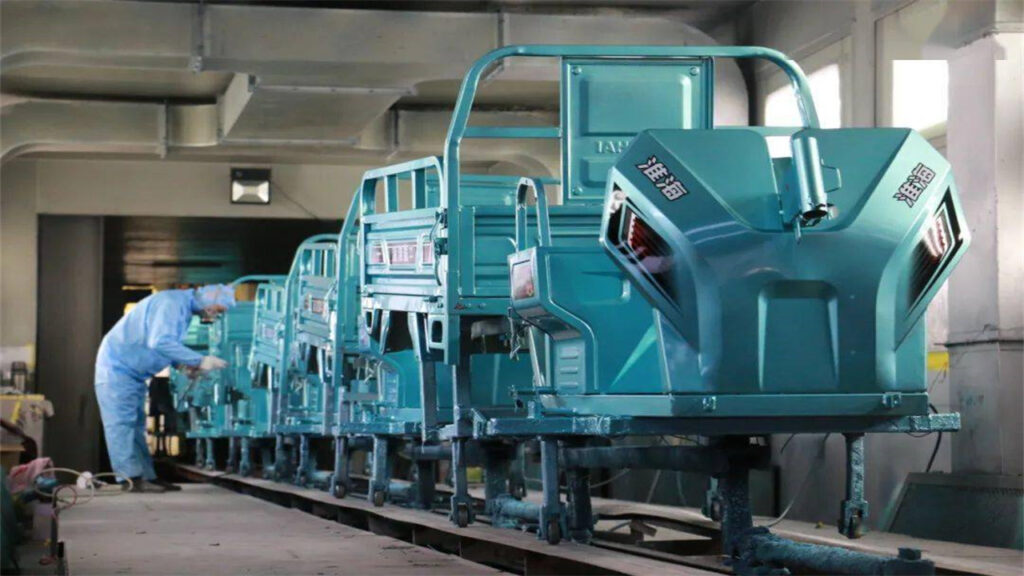
7. **Preventive Maintenance**: Monitor equipment status through diagnostic monitoring technology, predict failures, reduce unplanned downtime, and reduce the number of equipment stoppages and maintenance time, lowering maintenance costs.
8. **Continuous Improvement**: Establish a continuous improvement mechanism, collect and analyze production data, identify and resolve issues in the assembly line, ensuring the stability and quality of the assembly process.
9. **Employee Training and Skill Enhancement**: Train employees to improve their skills and awareness, reduce operational errors, and increase production efficiency.
10. **Intelligent Sensing and Monitoring Technology**: Install various sensors and monitoring devices on the assembly line to monitor production status in real-time, collect data, and quickly detect and respond to abnormal situations, reducing cost losses due to equipment failures.
By employing these methods, assembly lines can effectively reduce production costs while improving production efficiency and product quality.

